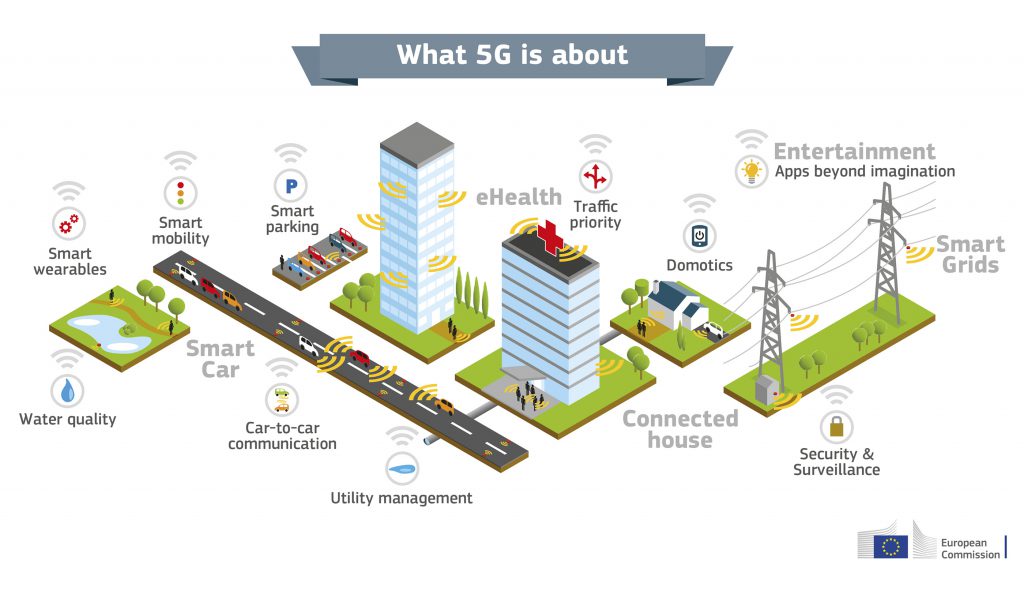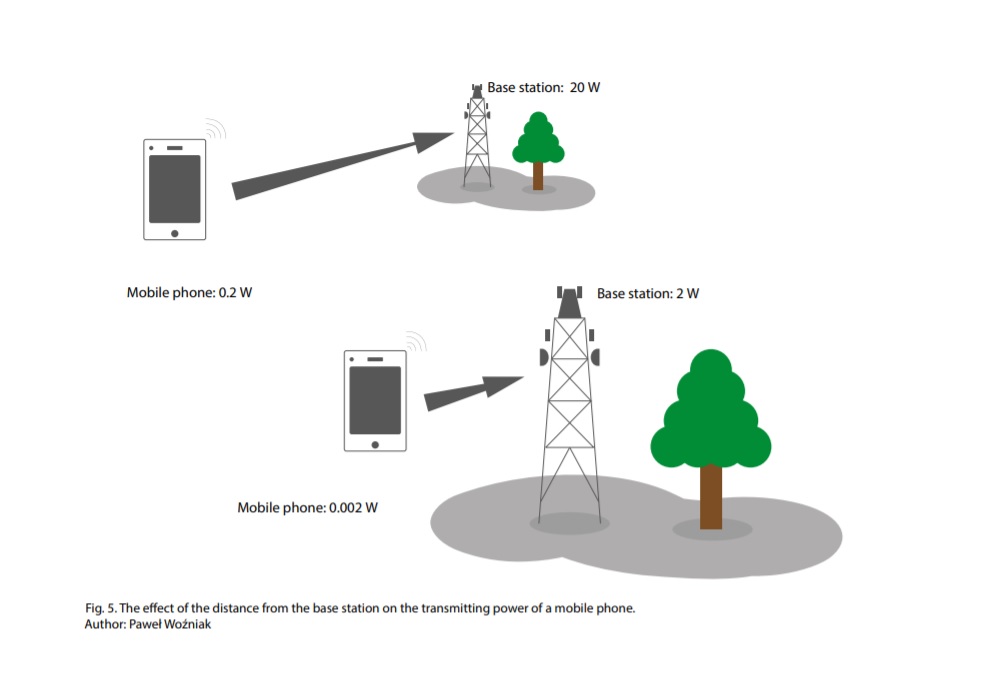The electromagnetic spectrum is made of all the electromagnetic waves in the Universe. The Earth, the Sun, the lightning in the atmosphere, cosmic phenomena, in fact any matter with a temperature above absolute zero, is a natural source of electromagnetic fields.
With the development of civilization and the use of electricity, humans began to produce artificial sources of electromagnetic fields. Virtually any object that is powered by electricity is an artificial source of electromagnetic field, for example: refrigerators, vacuum cleaners, TV or car remote controls, lamp bulbs, radios, television sets, computers, the power supply network or the railway power supply network.
We are surrounded by a wide variety of electromagnetic field sources, which differ in frequency, wavelength, power, propagation characteristics, etc.
Why does wavelength/frequency matter in the debate on radiation?
Electromagnetic waves are used both in radiocommunications and in radiography (using X-rays). Such different uses rely on the completely different nature of the “radiation” these waves emit, due to the energy they carry. Based on this energy, electromagnetic waves may be either ionizingor non-ionizing.
From a certain frequency (3 PHz or 3,000 THz or 3,000,000 GHz) upwards, respectively from a certain wavelength (100 nm) downwards, EMF radiation becomes ionizing, as it alters cellular structure. This category includes X-rays orGamma rays.
EMF radiation with frequencies below 3000 THz and wavelengths above 100 nm are considered non-ionizing radiation because they do not have the capacity to cause changes in atomic structure by disintegrating it. Thus, the category of non-ionizing radiation includes ultraviolet (UV) radiation (wavelengths between 100 nm – 400 nm), visible light (wavelengths between 400 nm – 700 nm), infrared radiation(wavelengths between 780 nm – 1 mm), radio frequency electromagnetic fields (frequencies between 100 kHz – 300 GHz), low frequencies (between 1 Hz – 100 kHz) or static magnetic and electric fields (0 Hz).













